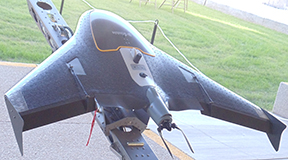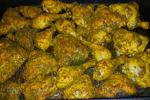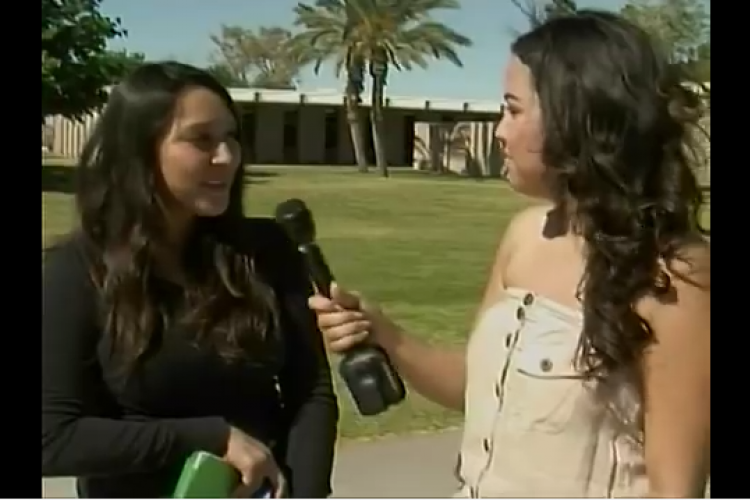
By Pam Black
Melding the ancient art of farming with the cutting edge of technology, flying drones have brought the science of agriculture to an exciting new frontier. The recent Ag Summit at AWC even devoted a pair of breakout sessions to bring this discussion to the forefront.
Four specialists in different aspects of drones or UAVs (Unmanned Aerial Vehicles) lectured on a variety of topics including types of drones, current laws, access to the technology, experimental development, gathering and interrupting of data, and application of those data.
Efficiency in agriculture benefits both the farmer and the consumer. While calculating the cost of incorporating new technology, the farmer needs to consider the potential profit from increased yields.
Drones can be used for purposes as simple as identifying irrigation deficiencies where plugged fittings result in inadequate water distribution to certain areas and therefore lower yields. Some other easily identified problems are weed and pest infestation, erosion, wind damage, inadequate seed distribution, stressed vegetal areas, or any new or unusual pattern that indicate problems.
The data provided by the drones are fast and efficient and allow the farmer to address potential problems that without this technology would not have become evident in time to be corrected. This enlightening session contributed to the wealth of knowledge distributed to the local community at the Ag Summit.
Photo by Pam Black
























